1. “Cozy”
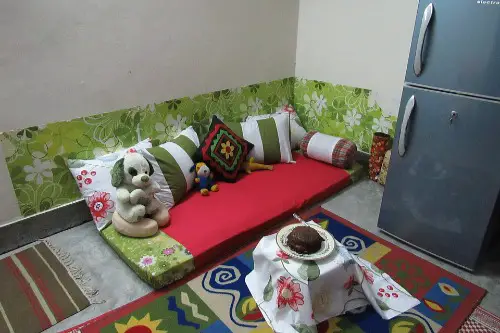
When you see the word “cozy” in a real estate listing, it’s usually code for small—sometimes very small. Agents lean on this word to make cramped rooms feel charming, but it can also signal that square footage is tight. Buyers who are dreaming of sprawling living rooms or king-sized bedrooms may want to brace themselves. “Cozy” can mean you’ll need to Marie Kondo your belongings before moving in.
At the same time, cozy doesn’t always mean bad—it can also suggest warmth and character. Small spaces often have lower utility costs and can be easier to maintain. It can be a great fit for people who prioritize location over space. Just know that “cozy” is rarely about mood lighting and soft blankets—it’s about dimensions.
2. “Fixer-Upper”
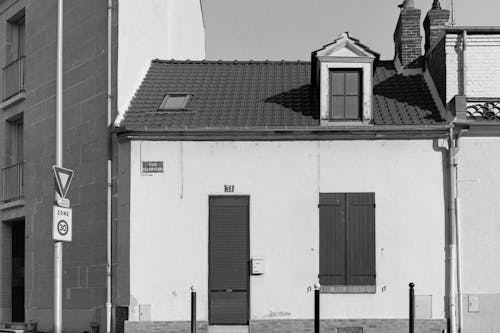
When a listing says “fixer-upper,” it’s telling you that the house needs work—and not just a coat of paint. This phrase typically signals issues like outdated wiring, plumbing headaches, or even structural repairs. Buyers are expected to put in sweat equity, or hire professionals, to bring the property up to modern standards. It’s a word that appeals to flippers and DIY enthusiasts but may intimidate first-time buyers.
The reason it reveals so much is because it sets the tone: you’re buying potential, not perfection. Some fixer-uppers come with lower price tags to offset renovation costs. Others, however, can be money pits once hidden issues start to surface. This phrase is one of the most transparent signals that a home isn’t move-in ready.
3. “Needs TLC”
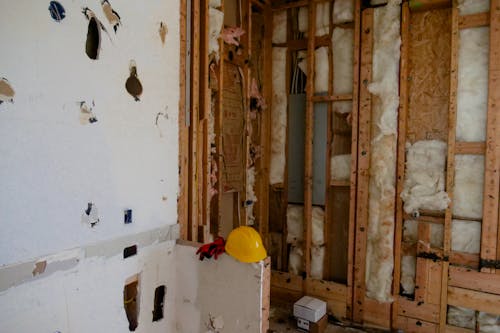
“Needs TLC” is a softer cousin of “fixer-upper,” but it carries the same warning. It often implies that the property has been neglected and will require noticeable repairs or upgrades. You might find peeling paint, worn flooring, or outdated appliances when you walk through. It’s a kind way of saying, “this house has seen better days.”
The phrase reveals the seller’s acknowledgment that the home has problems. It can be a subtle strategy to lower expectations before a showing. For savvy buyers, it’s an opportunity to negotiate a better deal if they’re ready to invest in renovations. Just remember: TLC often means time, labor, and cash.
4. “Up-and-Coming Neighborhood”
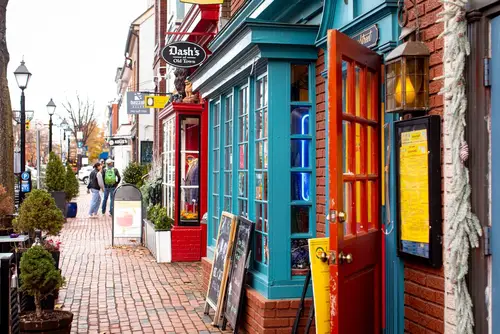
This phrase sounds optimistic, but it reveals that the area isn’t quite established yet. It suggests that property values could rise, but amenities may be lacking in the short term. Grocery stores, good schools, or safe streets might not yet be a reality. It’s basically a bet on future growth.
For buyers, this can be exciting but also risky. If the neighborhood does develop, you could see big returns on your investment. If it doesn’t, you may find yourself stuck with a house in an area that never quite took off. “Up-and-coming” says as much about what’s missing now as it does about what could be later.
5. “Original Condition”

When a listing says “original condition,” it usually means the house hasn’t been updated in decades. Think avocado-green appliances, shag carpeting, and wood paneling straight from the 1970s. While nostalgic, it also signals that major updates are on the horizon. Buyers should budget for modernizing kitchens, bathrooms, and electrical systems.
On the flip side, this phrase can also reveal potential hidden gems. Some “original condition” homes still have solid craftsmanship and period details worth restoring. They can appeal to people who value historical character. Just keep in mind that original condition often translates to original headaches, too.
6. “As-Is”

A home listed “as-is” means the seller isn’t making any repairs before closing. Whatever problems exist—leaky roof, foundation cracks, or mold—you’ll inherit them. It signals that the seller either can’t or won’t invest in fixing issues. For buyers, this can be a gamble.
The phrase is revealing because it tells you upfront that the home may have significant problems. It also suggests that negotiations for repairs are off the table. However, “as-is” properties often come at a discount, which can attract investors. It’s a phrase that puts responsibility squarely on the buyer.
7. “Quaint”
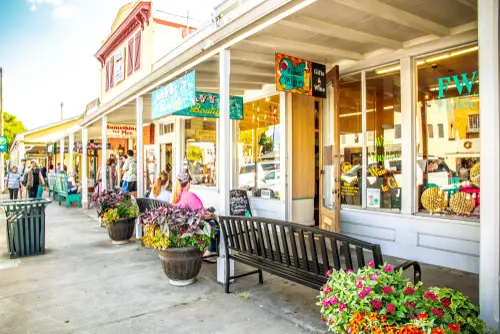
At first glance, “quaint” seems charming, suggesting a storybook feel. But in real estate, it often reveals that the home is small, old-fashioned, or oddly shaped. Quaint can describe a house with unique character but also with impractical layouts. It’s a polite way of saying “cute, but not necessarily functional.”
The word appeals to buyers who appreciate charm over modern convenience. You might find vintage details, like built-ins or decorative trim, that you won’t see in newer builds. But quaint homes sometimes lack storage, natural light, or flow between rooms. In other words, “quaint” reveals quirks as much as charm.
8. “Close to Nightlife”
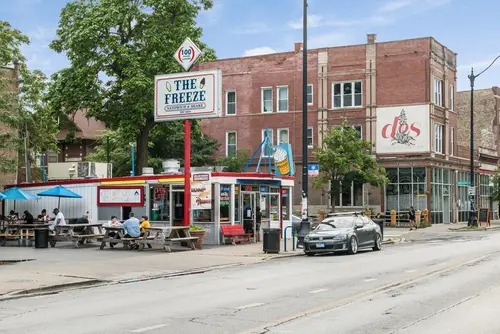
This phrase highlights convenience for people who love going out. But it also reveals that noise could be a factor—bars, late-night traffic, or rowdy neighbors. It’s a selling point for some, but a drawback for anyone seeking peace and quiet. Real estate descriptions don’t often admit to drawbacks, but this one hints at them.
The upside is walkability, which is highly desirable for younger buyers or urban professionals. You might not need a car to enjoy restaurants or clubs. The downside is you may need blackout curtains and a high tolerance for noise. “Close to nightlife” tells you exactly what you’re signing up for.
9. “Charming”
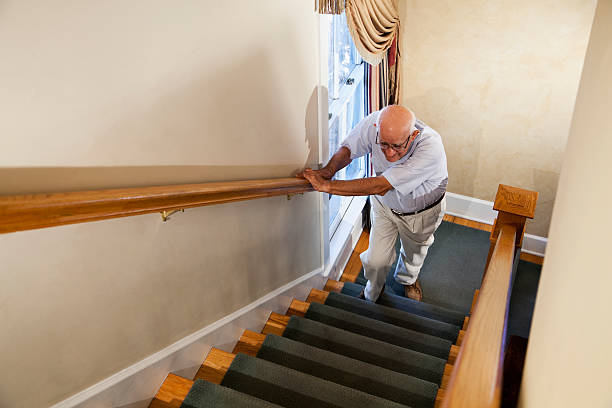
“Charming” often refers to older homes with character, but it’s also a catchall word for “small.” It’s a way of highlighting personality without drawing attention to a lack of space. The phrase reveals that the home has quirks, some delightful and some inconvenient. For example, a “charming” staircase might also be steep and narrow.
The appeal of charm is that it feels unique compared to cookie-cutter builds. Buyers may find craftsmanship or architectural details that are no longer common. But “charming” can also gloss over outdated features or awkward floor plans. It’s a word that says more about vibe than functionality.
10. “Rustic”
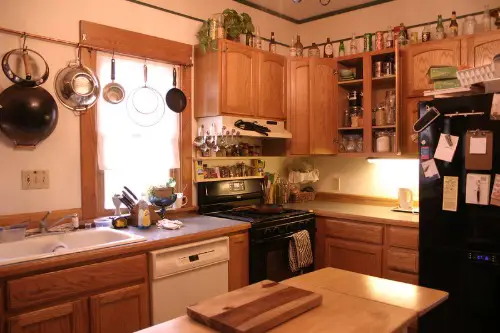
“Rustic” paints a picture of wood beams, stone fireplaces, and country charm. But it also reveals that the home may lack modern finishes or amenities. Sometimes rustic is intentional design; other times it’s just dated and worn. You might find exposed beams—or exposed insulation.
For buyers seeking a cabin-like retreat, rustic can be a huge draw. But for those craving sleek and modern, it’s often a warning. The word sets expectations that the home is more about atmosphere than upgrades. Rustic homes can feel cozy, but they can also feel rough around the edges.
11. “Natural Landscaping”
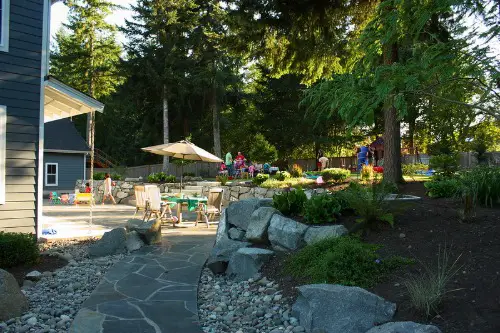
When you read “natural landscaping,” it’s not always about an eco-friendly garden. Often, it’s a polite way of saying the yard hasn’t been maintained. Overgrown grass, wild shrubs, and invasive plants might be what you actually find. It reveals that the outdoor space needs some serious attention.
On the positive side, it can mean lower water bills and less mowing if you embrace it. Some buyers see it as an opportunity to create their own vision for the yard. But most will recognize it as a signal of neglect. “Natural landscaping” is one of those phrases that depends heavily on perspective.
12. “Unique”

“Unique” is one of the most revealing words in real estate, because it often means “hard to sell.” It tells you the house doesn’t fit the typical mold—maybe it has an unusual floor plan, unconventional design, or bold color choices. It’s a word that can pique curiosity, but also raise red flags. After all, unique isn’t always practical.
For the right buyer, unique can mean a dream home that stands out from the crowd. But for many, it means resale value could be tricky. The phrase says more about how the home differs than how it functions. Unique, in real estate, is as much a warning as it is a compliment.
This post 12 Real Estate Descriptions That Reveal Way More Than They Should was first published on Greenhouse Black.
